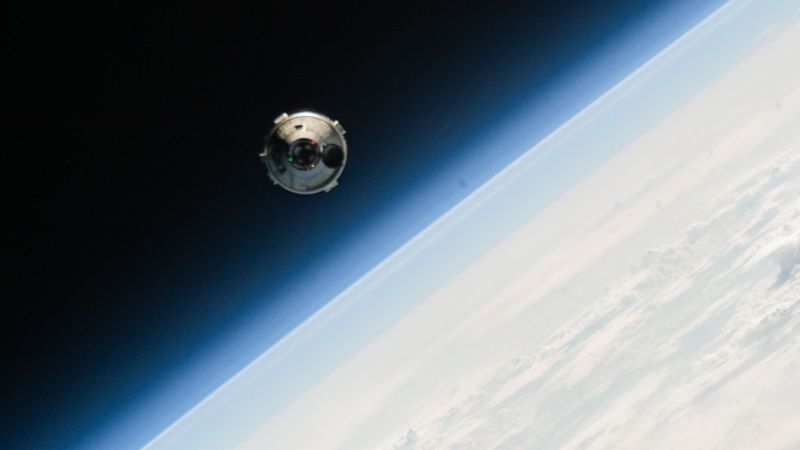
Two NASA astronauts, Suni Williams and Butch Wilmore, have been delayed in their return from the International Space Station (ISS) due to issues with Boeing's Starliner spacecraft. The spacecraft experienced helium leaks and malfunctioning thrusters during its approach to the ISS.
Boeing desperately needs to overcome these technical challenges and demonstrate that it can safely fly astronauts in order to recoup development costs and secure its future in space (Fact 1). NASA is eager for Boeing's Starliner to serve as a second American transportation system to the ISS, providing redundancy in case one system fails (Fact 2).
The mission, which launched on June 5, was originally scheduled for a return on June 14. However, due to the issues with Starliner's propulsion system and certification process for crew rotation missions (Fact 3), the astronauts have been delayed indefinitely.
Boeing has faced years of setbacks and costly setbacks, totaling over $1.5 billion in financial losses (Fact 4). NASA officials are taking their time to review propulsion system data and letting the data drive their decision making relative to managing the small helium system leaks and thruster performance (Fact 5).
The astronauts, who have been integrated with the Expedition 71 crew aboard the ISS, are helping with station operations as needed while completing objectives for NASA's possible certification of Starliner (Fact 6). The pair are currently not in danger because they are aboard the ISS with plenty of supplies and the station's schedule is relatively open through mid-August.
The helium leaks and thruster issue threatened to delay Starliner's docking, but NASA and Boeing say enough helium is available for the return mission (Fact 7). The United Launch Alliance (ULA) Atlas V rocket with Boeing's CST-100 Starliner spacecraft launched from Space Launch Complex 41 at Cape Canaveral Space Force Station in Florida on June 5, 2024.
Despite ongoing delays, feedback from Wilmore and Williams about the Starliner spacecraft has been overwhelmingly positive (Fact 8).








